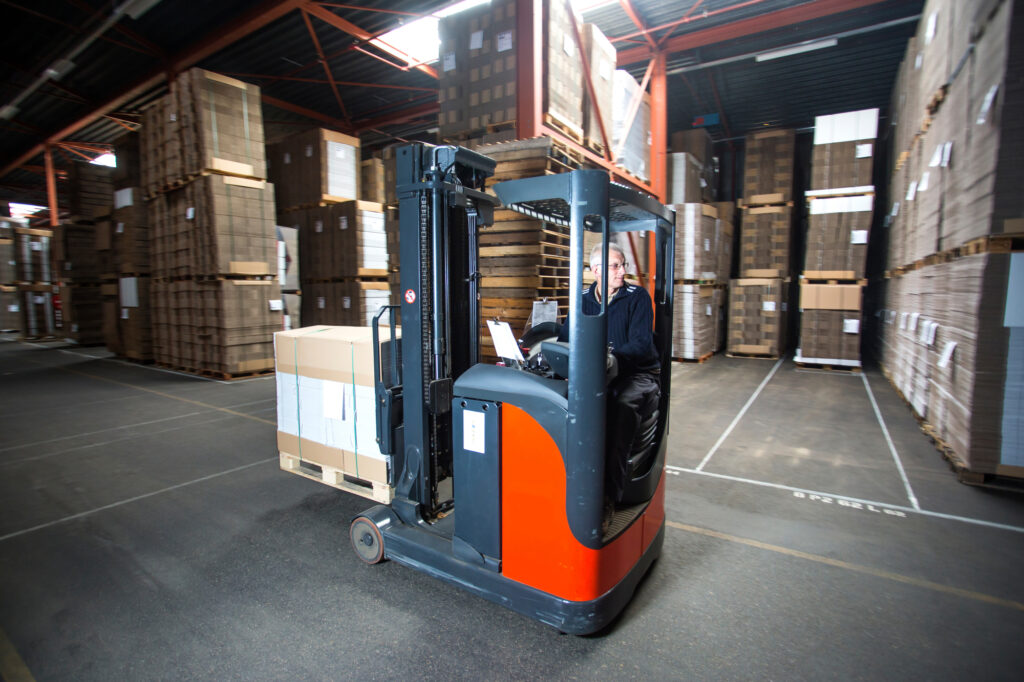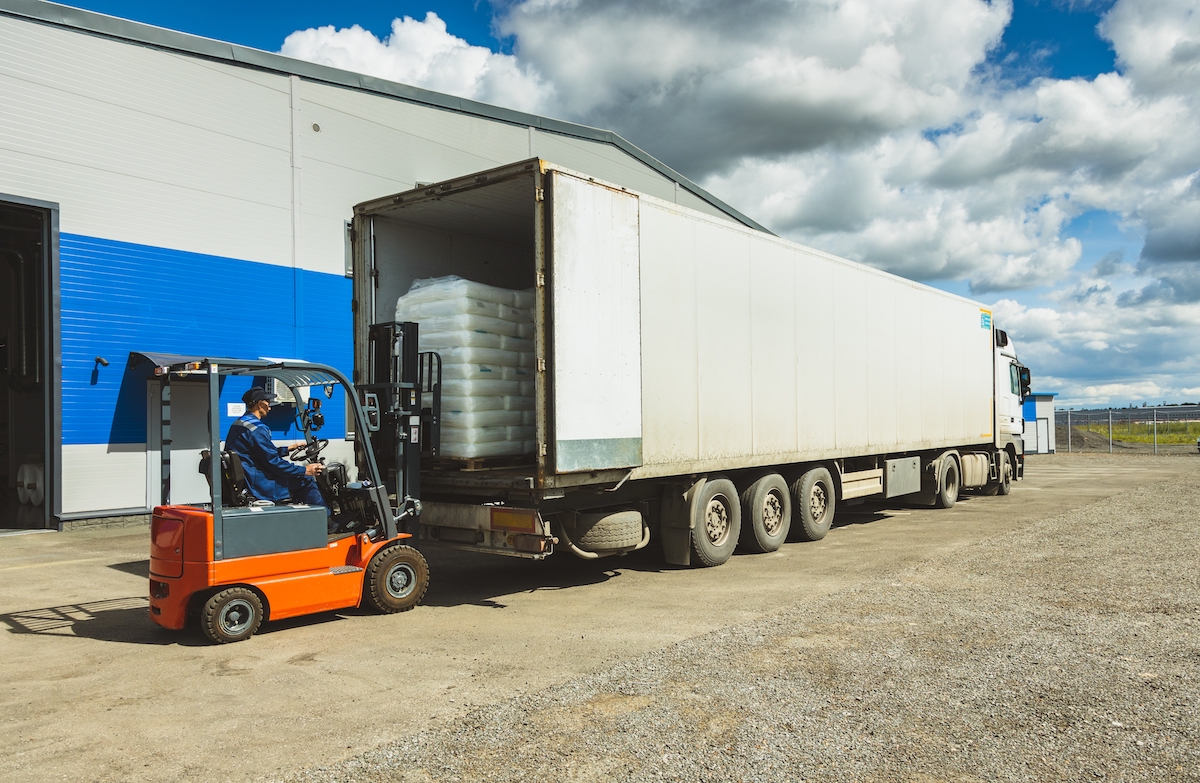Within modern logistics, warehousing, and depot operations, the dynamic interplay between vehicles and people makes safety a top priority. With forklifts moving around loading bays, tight corners, and pedestrian zones, monitoring and controlling speed is a critical line of defence against accidents.
In this article, we examine how forklift speed monitoring and control systems, combined with complementary safety-enhancing technologies, significantly improve efforts around accident prevention.
Why Speed Matters in Depot Safety
Speed is often a factor in forklift-related accidents, ranging from collisions with racking and building infrastructure to incidents involving people. High speeds reduce driver reaction time, increase the required stopping distance, and make it harder for operators to react to sudden hazards. Fine-tuning and enforcing appropriate speeds, especially in high-risk zones, is essential to preventing mishaps and protecting both staff and inventory.
How Forklift Speed Control Systems Work
Speed control systems act as intelligent enforcers, regulating forklift speed based on location and conditions, all without compromising handling performance or productivity.
- Adaptive throttle design: These systems monitor travel speed and dynamically limit it when the machine exceeds a preset threshold, gently slowing the throttle without sacrificing performance.
- Zoning technology: Systems such as radar-based speed zones use fixed transmitters at doorways, enabling forklifts to automatically switch to slower, safer speeds in pedestrian-heavy areas before returning to normal speeds in lower-risk zones.
- Retrofitting flexibility: Options are available for speed limiters solutions for new and old diesel, LPG, and electric forklifts and mobile plant equipment.
Benefits of Speed Monitoring for Accident Prevention
- Reduced collision risk: Slower speeds in high-traffic zones give operators more time to react, reducing collisions with pedestrians and infrastructure.
- Greater predictability and control: Standardised speeds across your fleet create a more predictable workflow and prevent reckless or excessive acceleration.
- Speed training and behavioural reinforcement: Data gathered on speed behaviours allows supervisors to train operators and reinforce safe driving habits.
- Minimal impact on productivity: Intelligent systems reduce speed only when necessary, allowing full performance elsewhere, maintaining efficiency while prioritising safety.
- Actionable insights through data: Impact detection, login records, and speed infractions help identify risks or operator patterns needing attention.

Integrating Speed Monitoring with Other Technologies
Forklift speed control is most effective when combined with complementary safety-enhancing technologies, such as:
- Collision avoidance systems, proximity warnings, and active reverse alarms: These alert operators to obstacles or pedestrians and can automatically slow vehicles if a collision risk is detected.
- Fleet management integration: Combined systems can offer data collection, such as impact detection and usage logging, providing insights for training, maintenance, and continuous safety improvements.
- Impact recording: Use of DVR event recording equipment and forklift cameras can capture impacts or collisions, providing valuable visual information.
- Gear-shift and tyre monitoring: Some systems combine speed control with gear-shift protection (to reduce wear), and tyre monitoring, offering a modular, scalable safety platform suited to a growing vehicle fleet.
Leveraging Transmon’s Systems for Speed Control
Transmon Engineering offers a suite of systems that illustrate how speed control can be implemented effectively, while remaining part of a broader safety ecosystem:
- Radar Speed Zoning, Road Speed Control, and Speed Safety Zone: Varying systems to enable automatic speed reduction in designated areas.
- iTEch Speed Limiter: Integrated solution to provide programmable speed limitations across multiple zones.
- iTEch Control: A consolidated unit offering multiple functions, including road speed control, tyre wear reduction, engine idle shutdown, and auto shift control. The solution provides minimal intrusion into performance, ideal for diverse fleets.
- Modular safety integration: Transmon’s speed limiting solutions can be combined with pedestrian detection, proximity alerts, impact logging, cameras, and more to provide a comprehensive and flexible plug-and-play safety toolkit.
Conclusion: Safety, Productivity, and Peace of Mind
In fast-paced depot environments, controlling forklift speed is a simple yet highly effective step toward accident prevention. By adopting intelligent, adaptive systems, especially when paired with other safety-enhancing measures, facilities can significantly reduce the risk of accidents without sacrificing productivity.
For advice on speed control systems for your depot, contact Transmon Engineering on +44 116 260 4200 or sales@transmon.co.uk.


